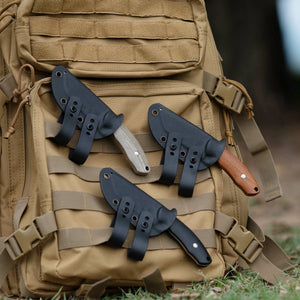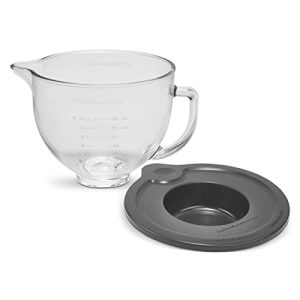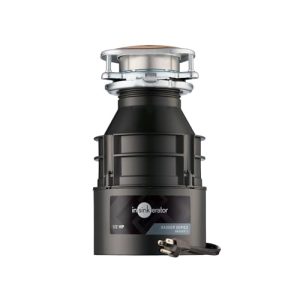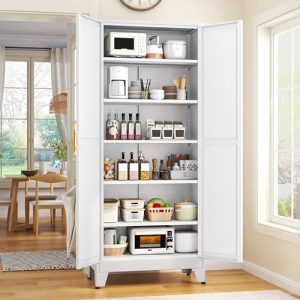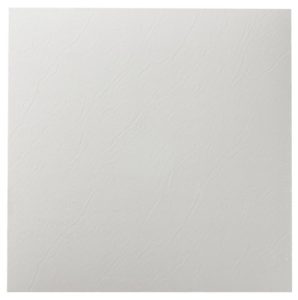Are you planning to travel and wondering if you can pack your kitchen knife in your checked baggage? It’s a common question with an important answer.
Bringing sharp objects like knives on a plane can be tricky, and knowing the rules ahead of time can save you from delays or even losing your favorite kitchen tool. You’ll discover exactly what’s allowed, what’s not, and how to pack your knife safely so your trip starts smoothly.
Keep reading to avoid surprises at the airport and protect your belongings.
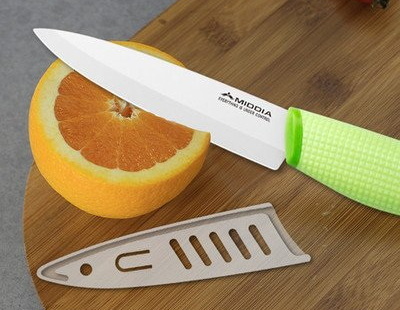
Credit: www.gdyjjinhui.com
Knife Regulations For Checked Baggage
Traveling with kitchen knives requires understanding airline rules. These rules ensure safety and smooth travel. Airlines have clear policies on carrying knives in checked baggage. Knowing these rules helps avoid delays or confiscation at the airport.
Overview Of Airline Policies
Most airlines allow kitchen knives in checked baggage. The blade must be properly sheathed or wrapped. Sharp objects must be secured to prevent injury. Loose knives or blades in luggage are not allowed.
Checked baggage is screened by security. Officers check for dangerous items. Knives packed safely rarely cause issues. Always check the airline’s website before packing. Policies may differ by airline.
International Vs Domestic Rules
Domestic flights often have simpler rules. Many airlines follow the Transportation Security Administration (TSA) guidelines. TSA allows knives in checked bags if packed safely. Blades longer than 4 inches may face extra scrutiny.
International flights follow both airline and country regulations. Some countries have strict knife import rules. Sharp objects might be banned or require declaration. Always research destination rules before traveling.
Failing to comply can lead to fines or confiscation. Proper packing and knowledge prevent problems. When traveling abroad, check both airline and country rules.

Credit: williamsknife.com
Types Of Kitchen Knives Allowed
Knowing which types of kitchen knives can go in checked baggage helps avoid travel delays. Airlines and security agencies have clear rules. These rules focus on the knife’s size, material, and design. Packing the right knife keeps your trip smooth and safe.
Blade Length Restrictions
Most airlines limit blade length for checked knives. Typically, blades shorter than 6 inches are allowed. Longer blades might face extra checks or be banned. Some airports have strict local rules. Always check the blade size before packing.
Material And Design Considerations
Knife materials affect whether they are allowed in checked bags. Stainless steel blades are usually accepted. Ceramic knives are also permitted but need careful packing. Avoid knives with sharp, exposed edges or unusual designs. Folding knives with secure locks often pass security. Plain, sturdy kitchen knives are safest to pack.
Packing Kitchen Knives Safely
Packing kitchen knives safely is essential for air travel. Sharp blades can cause injury or damage during handling. Proper packing protects you, baggage handlers, and your knives. It also follows airline safety rules, avoiding delays or fines.
Use strong materials and secure wrapping. Keep blades from moving inside your luggage. Safe packing lowers the risk of accidents and damage.
Proper Wrapping Techniques
Wrap knife blades tightly to prevent cuts and scratches. Use thick cloth, bubble wrap, or towels. Secure wrapping with rubber bands or tape. Make sure the blade is fully covered and cannot slip out.
- Cover blade edge completely.
- Wrap multiple layers for extra protection.
- Secure wrapping with strong tape.
- Check for any sharp points exposed.
Using Protective Cases
Hard or soft knife cases add extra safety. Cases keep blades stable and shielded. Choose a case that fits your knife snugly. A good case prevents the blade from moving or poking through luggage.
- Pick cases made from durable material.
- Look for cases with secure locks or snaps.
- Use foam inserts or padding inside cases.
- Label your knife case for easy identification.
Security Screening Process
The security screening process is essential when flying with checked baggage. Understanding this process helps ensure a smooth travel experience. The Transportation Security Administration (TSA) has specific guidelines for checking items. Knowing what to expect can save time and reduce stress.
What Tsa Checks For
The TSA screens all checked luggage for prohibited items. Kitchen knives are allowed but must be properly packed. They should be wrapped securely to prevent injury during inspection. Sharp edges must be covered or sheathed. This ensures safety for baggage handlers and inspectors. The TSA also checks for any signs of tampering or suspicious items.
Handling Additional Inspections
Sometimes, bags require additional inspection. This happens if something appears unclear on the x-ray. If your bag is selected, TSA agents will open it. They may need to handle your items, including knives. Proper packing minimizes issues and keeps the process efficient. Always follow TSA guidelines for packing knives and other sharp objects.
Consequences Of Non-compliance
Failing to follow the rules about carrying a kitchen knife in checked baggage can lead to serious trouble. Many travelers underestimate the impact of non-compliance, thinking it’s a minor issue. However, the consequences can disrupt your travel plans and cost you more than just money.
Confiscation Risks
Airport security takes prohibited items very seriously. If you try to pack a kitchen knife improperly or without following airline regulations, there’s a high chance it will be confiscated. This means you lose the knife entirely, no matter how valuable or sentimental it is.
Imagine arriving at your destination only to find out your favorite chef’s knife was taken away. It’s not just frustrating; it can affect your cooking plans or business if you rely on that tool. Security officers don’t always explain the rules in detail, so it’s on you to know them and avoid this risk.
Fines And Penalties
Beyond losing your knife, you might face fines or other penalties. Different countries and airlines have strict rules about carrying sharp objects, and breaking these rules can lead to financial penalties. These fines vary widely, but they can be surprisingly steep.
For example, some airports impose fines up to several hundred dollars for carrying prohibited items like knives. If you think a small knife won’t matter, think again—fines can add up quickly if you’re caught multiple times or in a country with strict enforcement.
Have you ever considered what happens if your knife is flagged during a security scan? Could you afford the cost or the delay? Understanding these consequences helps you make smarter packing choices and avoid unnecessary hassle.
Tips For Traveling With Kitchen Knives
Traveling with kitchen knives needs careful planning. Carrying sharp objects in luggage requires attention to rules and safety. Follow simple tips to avoid problems at the airport and keep your knives safe.
Informing The Airline
Always tell the airline about kitchen knives in your checked baggage. Some airlines have specific rules for sharp objects. Contact customer service before your flight. Provide details about the number and type of knives. This helps prevent delays and extra checks.
Pack knives securely in a hard case. Wrap blades in protective covers or cloth. Label the case clearly to show it contains sharp items. These steps reduce risks during handling and transport.
Alternative Options For Transport
Consider other ways to bring kitchen knives if checked baggage is not allowed. Shipping knives via courier or mail is one option. Use a reliable service with tracking and insurance.
Buy knives at your destination. Local stores may offer similar quality. This saves hassle at airports. Renting knives from a kitchen supply company is another choice. This works well for short trips.

Credit: byrna.ca
Frequently Asked Questions
Can I Pack A Kitchen Knife In Checked Baggage?
Yes, you can pack a kitchen knife in checked baggage. Airlines allow knives in checked bags for safety. Ensure the knife is securely wrapped to prevent injury or damage during transit.
Are Kitchen Knives Allowed In Carry-on Luggage?
No, kitchen knives are prohibited in carry-on luggage. Security regulations ban sharp objects in cabins to ensure passenger safety. Always place knives in checked baggage instead.
How Should I Pack A Kitchen Knife For Flying?
Wrap the knife blade tightly with bubble wrap or a knife guard. Place it in a sturdy sheath or hard case. Secure it well in your checked luggage to avoid accidents or damage.
Are There Size Restrictions For Knives In Checked Bags?
Most airlines do not impose strict size limits on knives in checked baggage. However, extremely large or unusual knives may require special approval. Always check your airline’s specific policy before packing.
Conclusion
Carrying a kitchen knife in checked baggage is usually allowed. Airlines and airports want to keep flights safe. Pack the knife carefully to avoid damage or injury. Check the specific airline rules before you travel. Sharp knives should be wrapped and secured well.
Following the rules helps avoid delays or fines. Traveling with knives can be simple with the right steps. Stay informed and pack smart for a smooth journey.

Sophie Hartwell is the founder of KitchenQuik.com, where she shares kitchen tips, smart cooking hacks, and the best product picks to make everyday cooking easier and more enjoyable.
